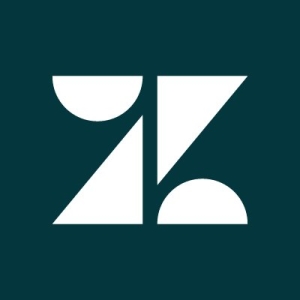The first time I sued this product, I was working for a fast-growing startup and there was a lot of software. In terms of the service, there were 60% of questions based on issues. We could do a customized answer or handle customized activity to address this. However, 30% to 40% repeated certain questions over and over. We were able to prioritize our design based on these. Knowing what people were asking about gave us a direction. They helped us to prioritize features.
We saw a decrease in the number of tickets. It was at least 25% less. There was an increase in customer satisfaction. And that was due to the fact that this solution helped us see what we needed to see and prioritize based on what most people wanted from the company.
What is cool about Zendesk is that they invest a lot in their documentation. If you spend a reasonable amount of hours reading the documentation, you can have a good understanding of how the solution works.
By default, by just using their predefined templates, you can get something very nice.
I like how it works together with support. With Zendesk support we can insert articles in our resolution to close the ticket. Your colleagues can collaborate on everything as well including work and updating an article.
The fact that you can set up an approval process, where everybody can have their own opinion, however, in the end, I was the one that was validating or not.
The insights they provide are great. For example, you can find out what are the most popular articles? What are the articles that are not that popular? What are the keywords that people search? In that case, if they don't find anything or almost nothing, that is a clear trigger for us to write an article or improve a current one about a specific topic based on search trends.
What is cool about Zendesk Guide is how it works together with others Zendesk products. Especially with support and with the analytics. Put those together for a small or medium-sized company and it's a really powerful tool.






